
Subscribe for Free!
Join our newsletter to explore innovative sustainability initiatives, eco-friendly tips, and impactful activities

Join our newsletter to explore innovative sustainability initiatives, eco-friendly tips, and impactful activities
Revolutionizing Agriculture: Top Innovations Shaping the Future of Farming
February 9, 2025
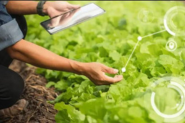
The global agricultural sector is undergoing a significant transformation, driven by technological advancements and the urgent need for sustainability. Climate change, food security concerns, and resource management challenges are reshaping farming practices worldwide. This article explores key innovations that are revolutionizing agriculture and their long-term impact on the planet.
Traditional agricultural systems are increasingly facing environmental and economic pressures. Sustainable agriculture is now a global imperative, with a strong focus on resource efficiency.
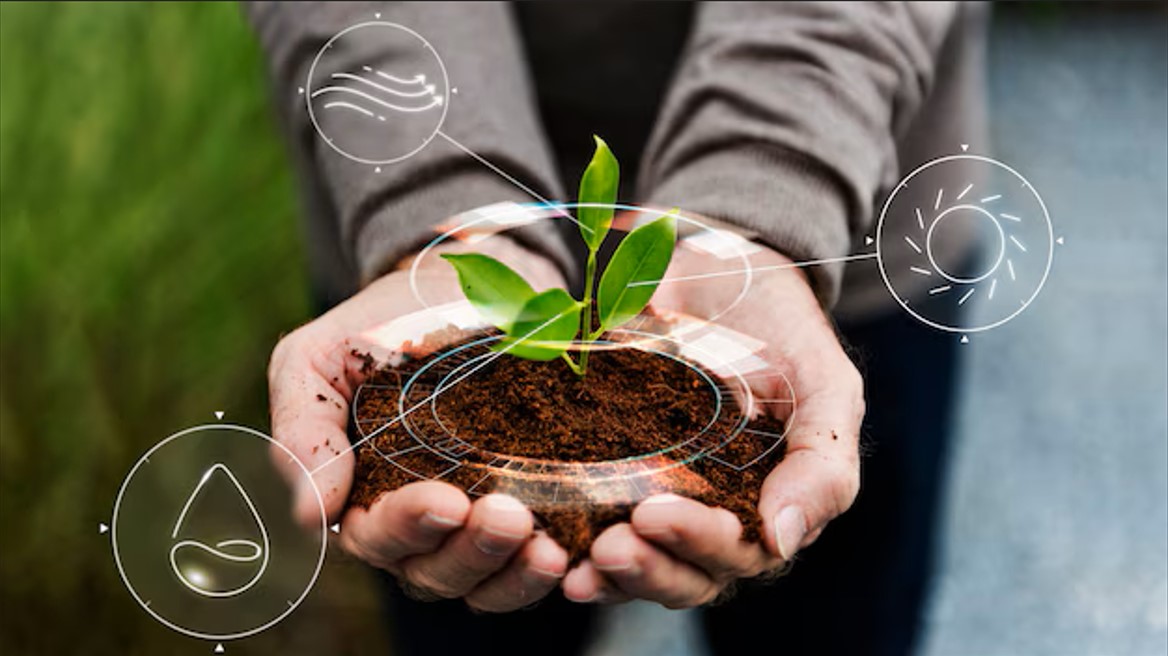
Soil-free farming techniques such as hydroponics and aeroponics are leading solutions in sustainable agriculture. These systems allow plants to grow without soil, using up to 90% less water than conventional methods (FAO, 2023). This reduces the ecological footprint while improving productivity, making it a promising solution for regions facing water scarcity.
Water-saving technologies, such as precision irrigation and intelligent moisture monitoring, are becoming widely adopted. Precision irrigation systems can increase water efficiency by up to 50% (World Bank, 2023). These solutions help farmers adapt to water shortages, a growing concern in many regions, particularly in sub-Saharan Africa and South Asia.
Automation and precision agriculture are revolutionizing the industry, increasing efficiency and reducing environmental impact.
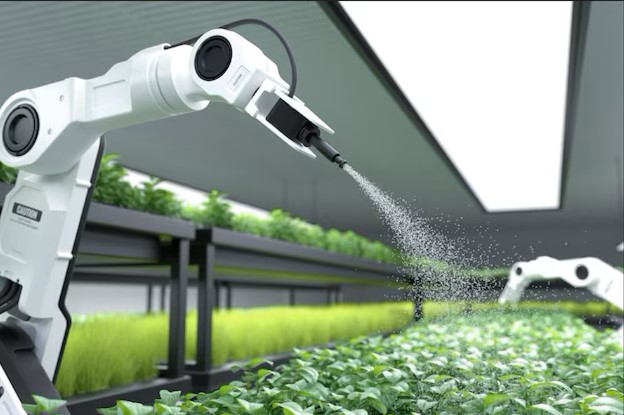
The agricultural robotics market is expanding rapidly, projected to reach $86.5 billion by 2033 (Fortune Business Insights, 2023). Robots now perform tasks such as planting, harvesting, and pest control with high precision, optimizing labor costs and minimizing resource waste.
Precision agriculture leverages IoT sensors and AI-driven analytics to monitor soil health, crop conditions, and climate data. These technologies help reduce the use of fertilizers and pesticides, ensuring a 20-30% increase in yield efficiency (McKinsey, 2023).
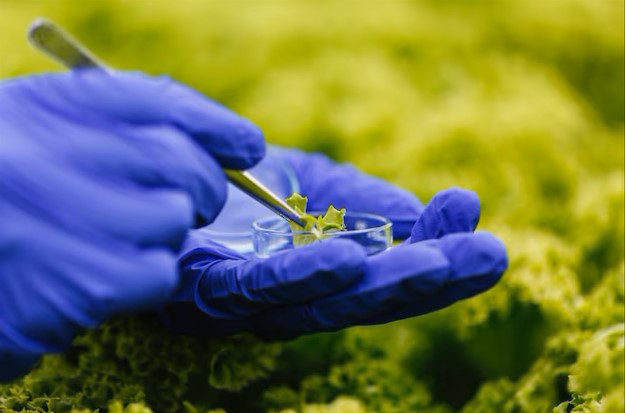
Biotechnology is advancing crop resilience by developing genetically modified (GM) crops resistant to diseases, droughts, and pests. According to the International Food Policy Research Institute (IFPRI, 2023), GM crops can increase yields by up to 22% while reducing pesticide use by 37%.
Farmers are adopting diversified crops to mitigate price volatility risks. Modular farming systems, allowing for multi-species cultivation, are becoming more popular. The integration of biofortified crops ensures enhanced nutrition and food security (FAO, 2023).
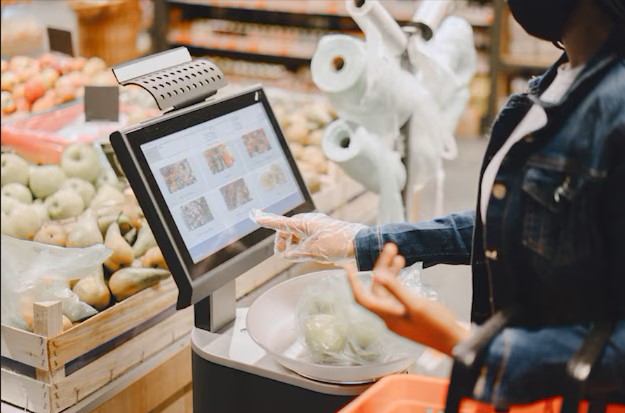
Blockchain technology is transforming agricultural supply chains, ensuring end-to-end product traceability.
With consumers demanding greater transparency, blockchain enables the authentication of food origins. According to IBM Food Trust (2023), blockchain adoption in agriculture has reduced fraud cases by 31% and improved supply chain efficiency.
By integrating blockchain-based smart contracts, farmers and distributors minimize losses and enhance food quality control (Harvard Business Review, 2023).
Urbanization has led to a surge in urban and vertical farming, offering local solutions for food production.
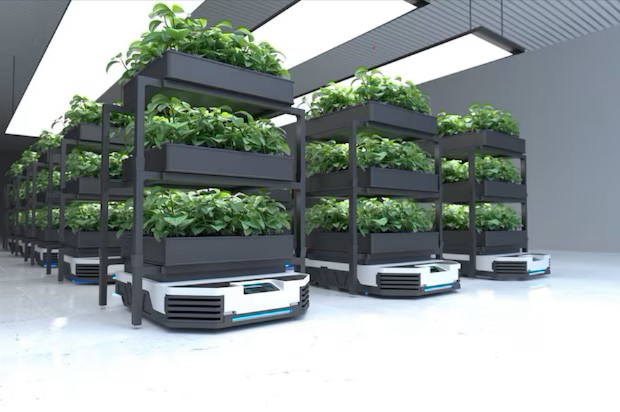
Vertical Farming and Controlled Environment Agriculture (CEA)
Vertical farms optimize land use by growing food in multi-layered structures within cities. By using LED lighting, hydroponics, and AI monitoring, vertical farming increases productivity by 10-15 times per acre compared to traditional methods (Agricultural Research Service, 2023).
E-commerce and Retail Partnerships
As demand for fresh produce grows, vertical farms are establishing partnerships with retailers and e-commerce platforms. This integration reduces "food miles" and enhances food security in urban areas (Statista, 2023).